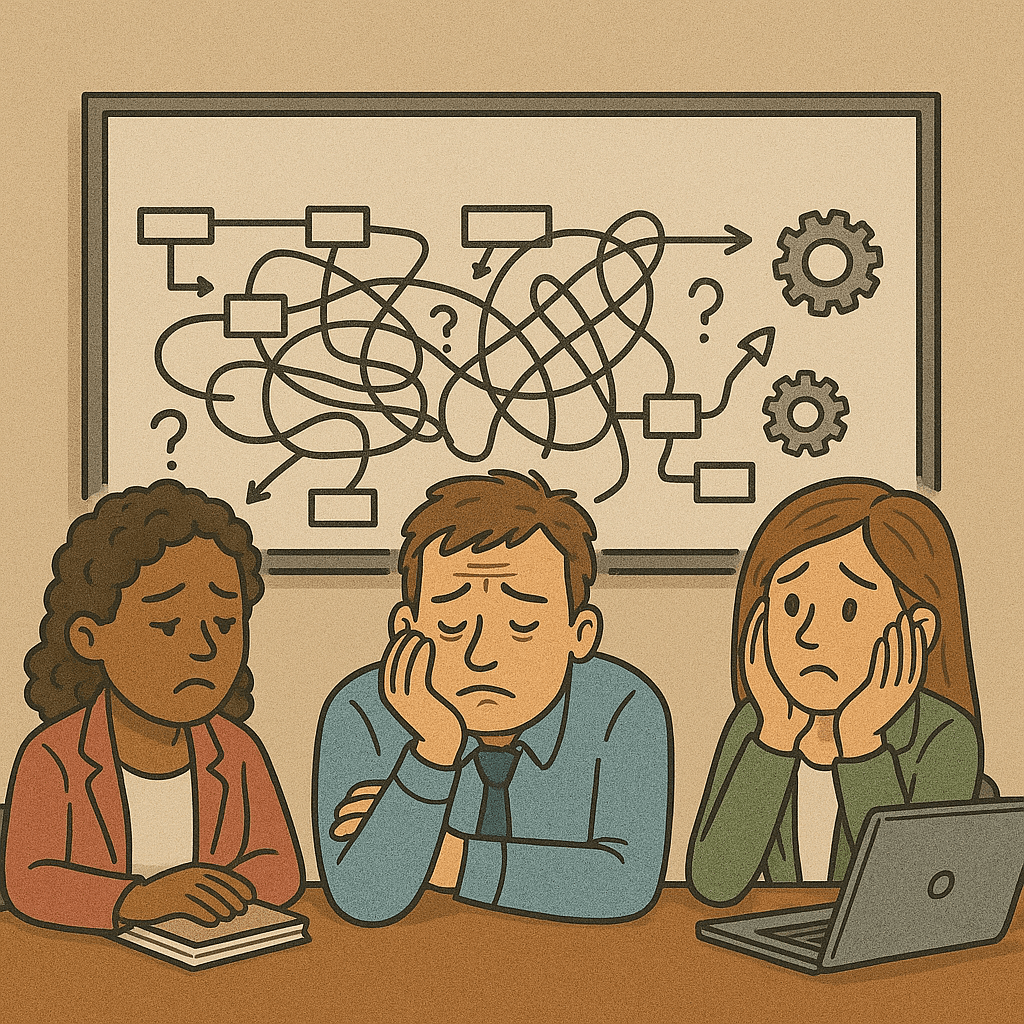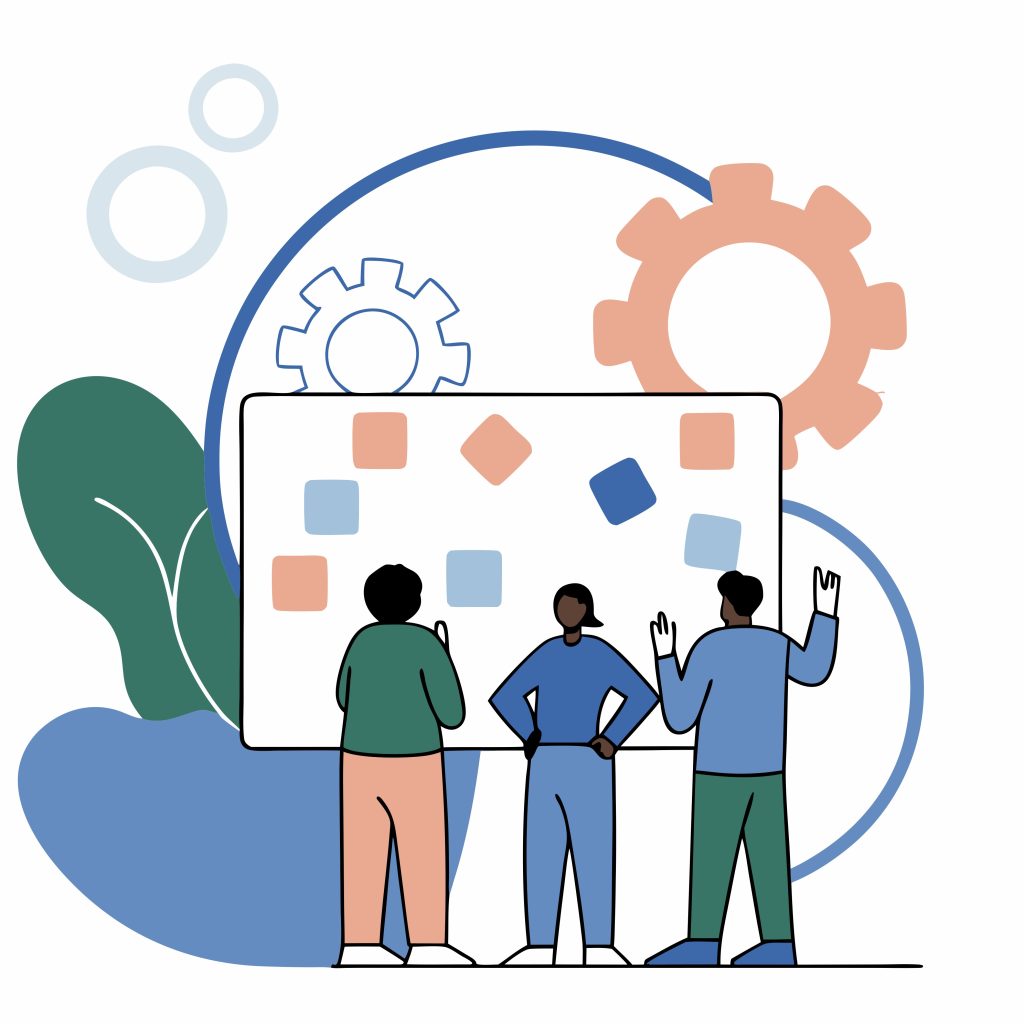What should Naresh do about the interpersonal conflicts in his teams?
Naresh has taken a senior manager position in a software services company and heads the delivery for a product line. When he started setting up the product teams he setup four full-blown scrum teams with product owners, scrum masters as well as development & test team members. He also created separate teams for handling production support, technical debt management areas.
With this structure, he felt that in the first few iterations, the feedback that was received from his customers were positive as well as reassuring on the capabilities of the team.
After the fourth iteration, he started observing that, there were conflicts that started surfacing between the scrum master and product owner in one of the teams. He found that the test lead had started alienating the testing individuals in separate team meetings and tried to keep managing their calendars and expectations.
Have you seen such conflicts with large teams? What would you do if you wear Naresh’s shoes?
Suggested Solution:
First part of the Naresh’s responsibility is to understand what is causing this rift by having one on one conversation. In general workplace conflicts arise by 4 dynamics
1. Interpersonal – My style vs. Your style
2. Interknowledge – Knowledge levels vary and hence superiority vs. inferiority
3. Leadership style – Get it done vs. Evolve towards solution
4. Expectations – Role expectation vs. Execution gaps
Firstly its important for Naresh to understand what the root causes of the interpersonal conflicts are.
Second step is to have an expectation setting meeting with the key members having conflict to have each person saying what the expectations were and the gaps. This is a more of a hard skill and easiest to fix. The way to facilitate this conversation is to keep only the key members in the room and timebox each person to say where there was a miss and let the other person explain the position.
This type of expectations session, often times helps in having both the members resolve by way of empathy towards the other role.
Third step is to coach each person in shifting the style to improve towards effectiveness towards the role. This type of leadership coaching would take time as its a step by step internalising as well as needs adaptation as well.
For e.g. a person in operations executive in charge of production support would be in a position to take swift decision and articulate decision very quickly as well as clearly to everyone. They would need to listen to the team members but the decision need to be clear and quick.
A product manager in charge of the product design, would need to be in a position to articulate their vision well and let the solution evolve from the team
A delivery manager’s role would be leaning towards servant leadership. At the same time, if there are professional etiquettes are missed, the manager should be able to assertively.
Conflict management is a very important role for a leader and the depth of it would need to be based on their coaching and mentoring skills as well as observation of each individual and matching their aspirations




